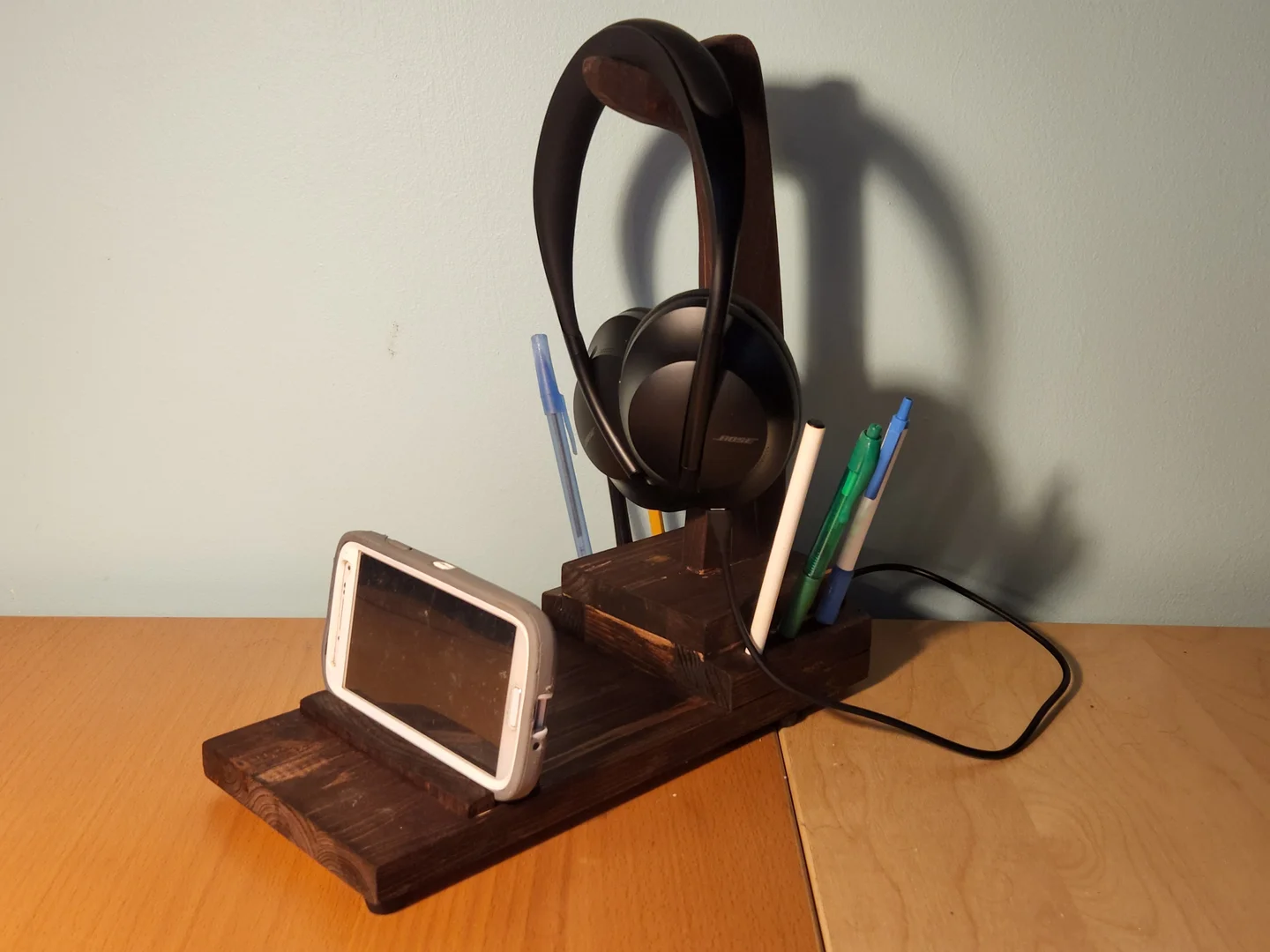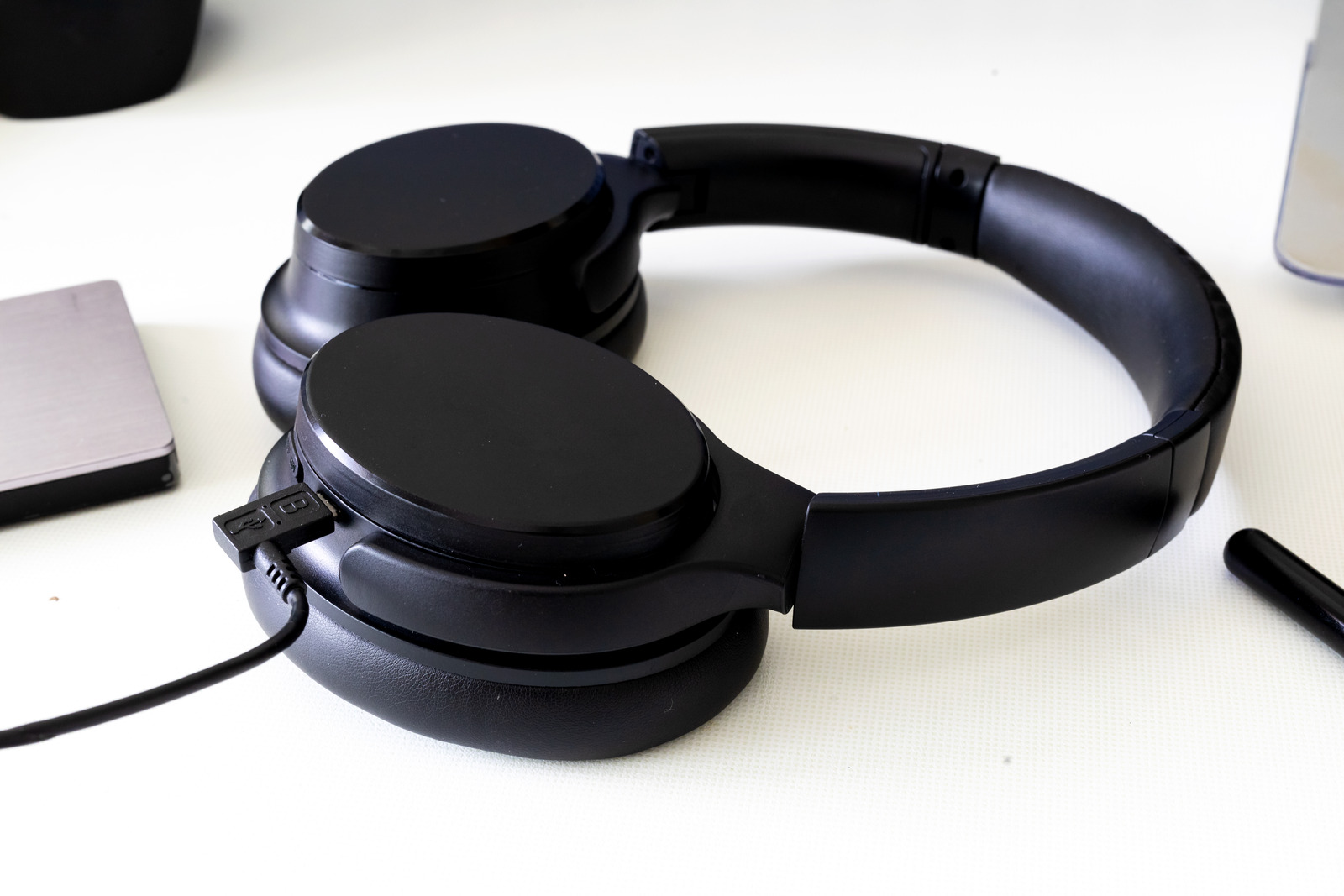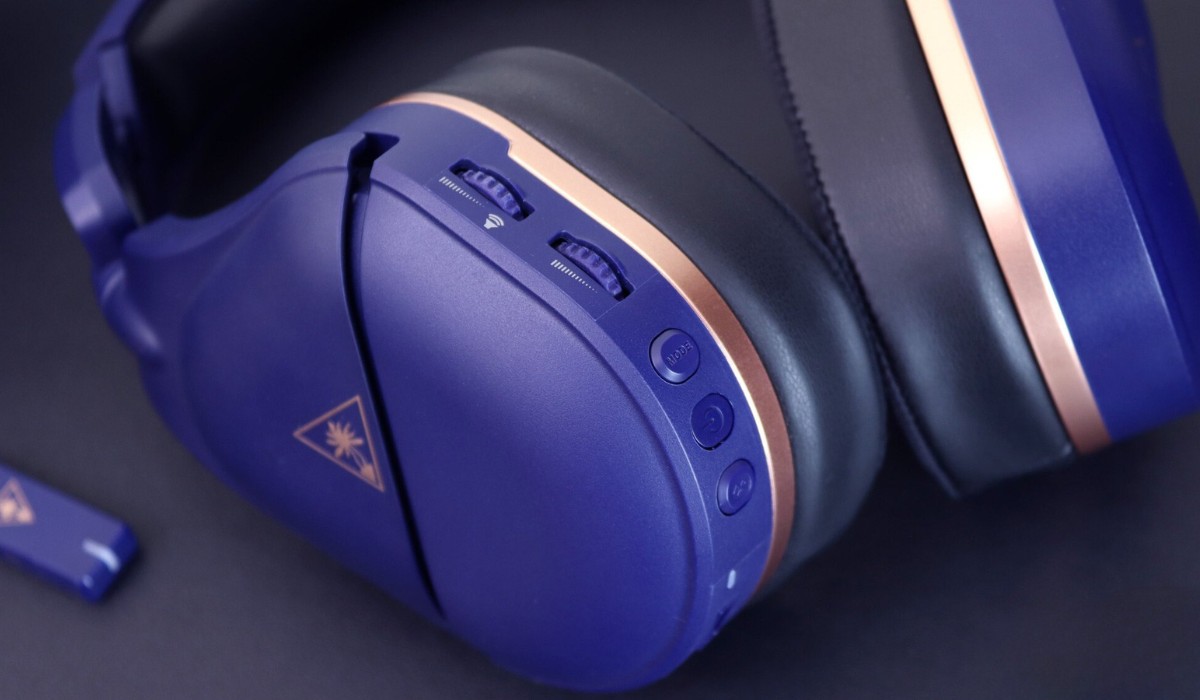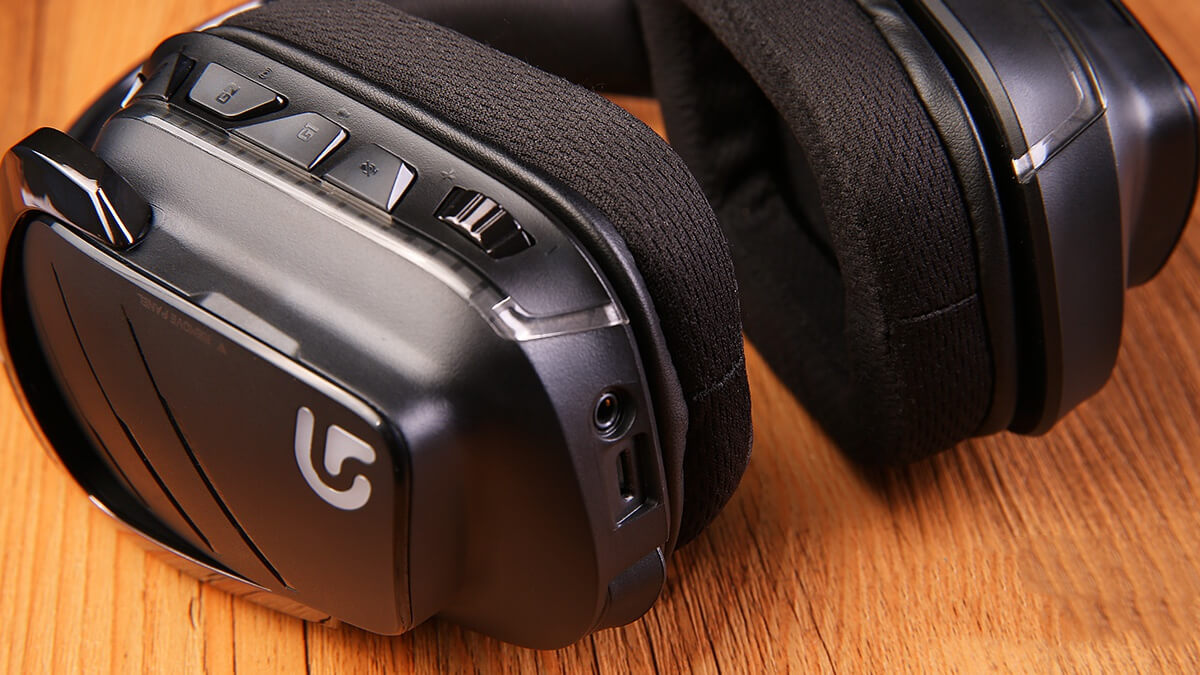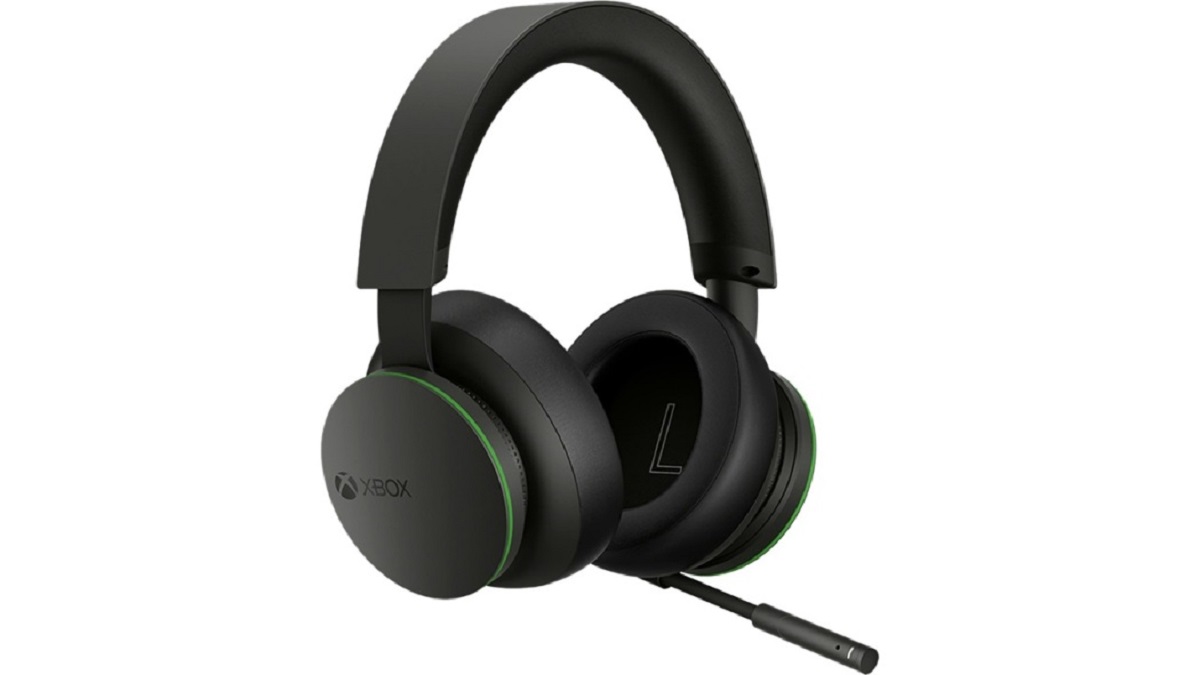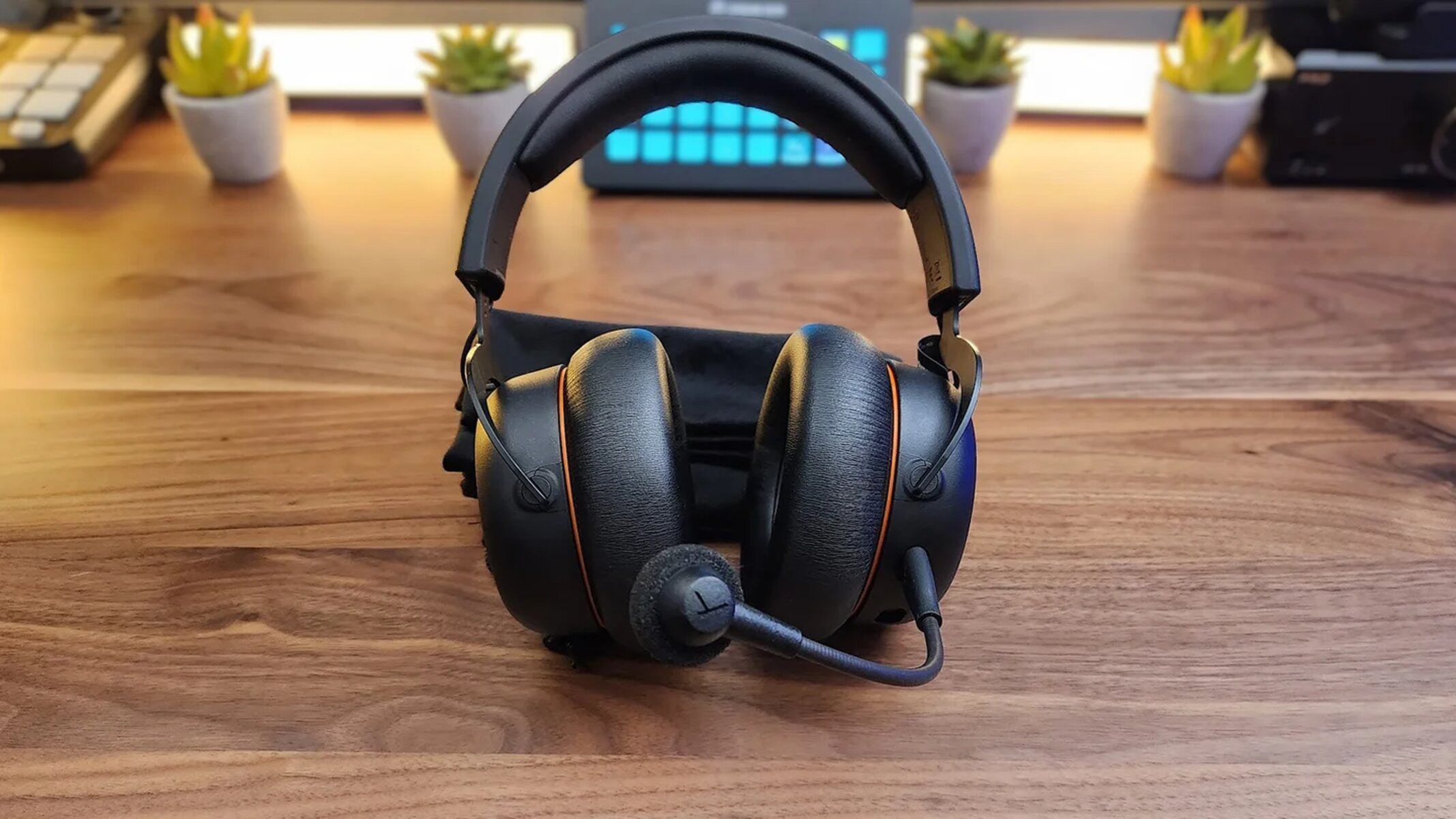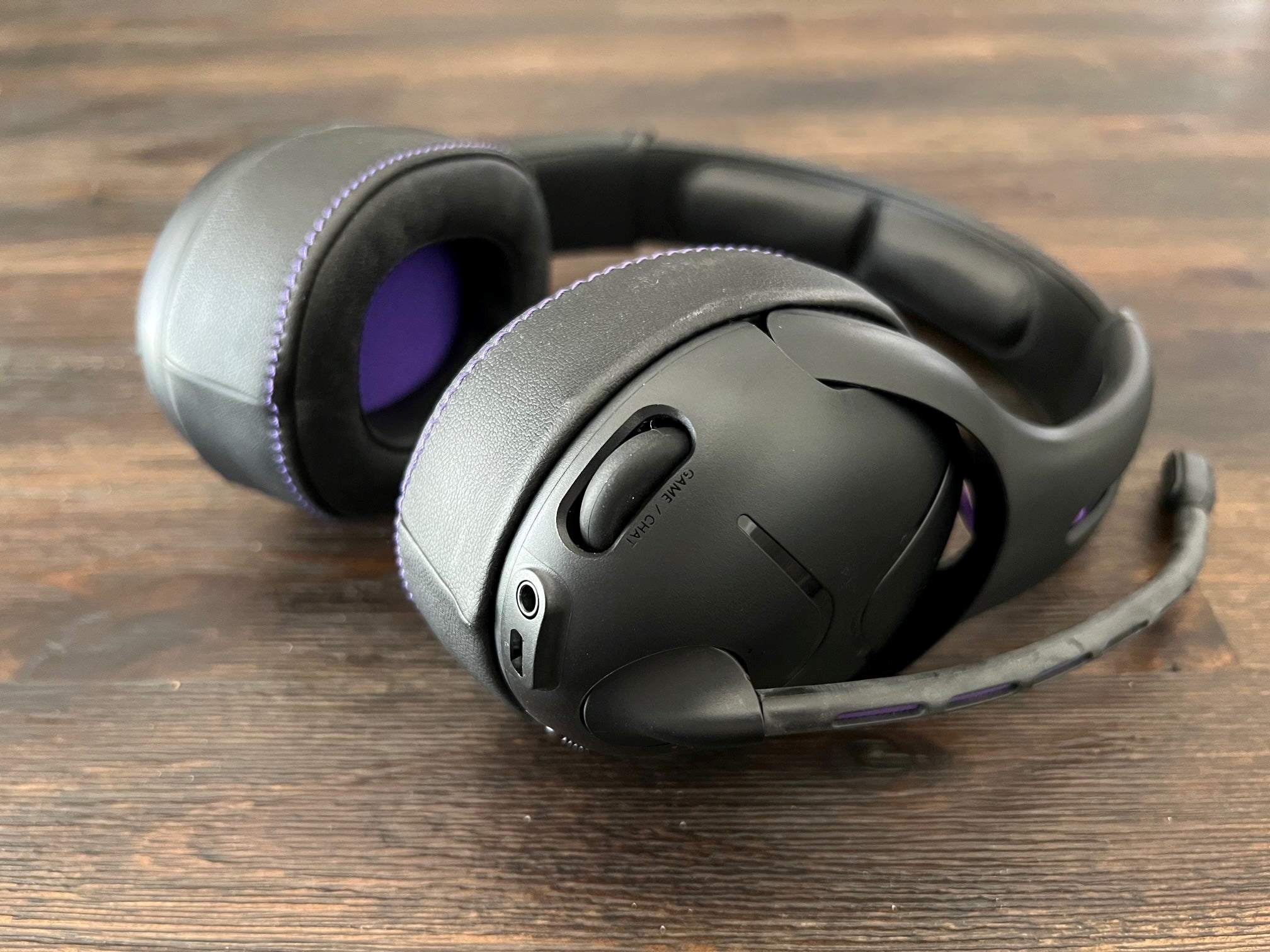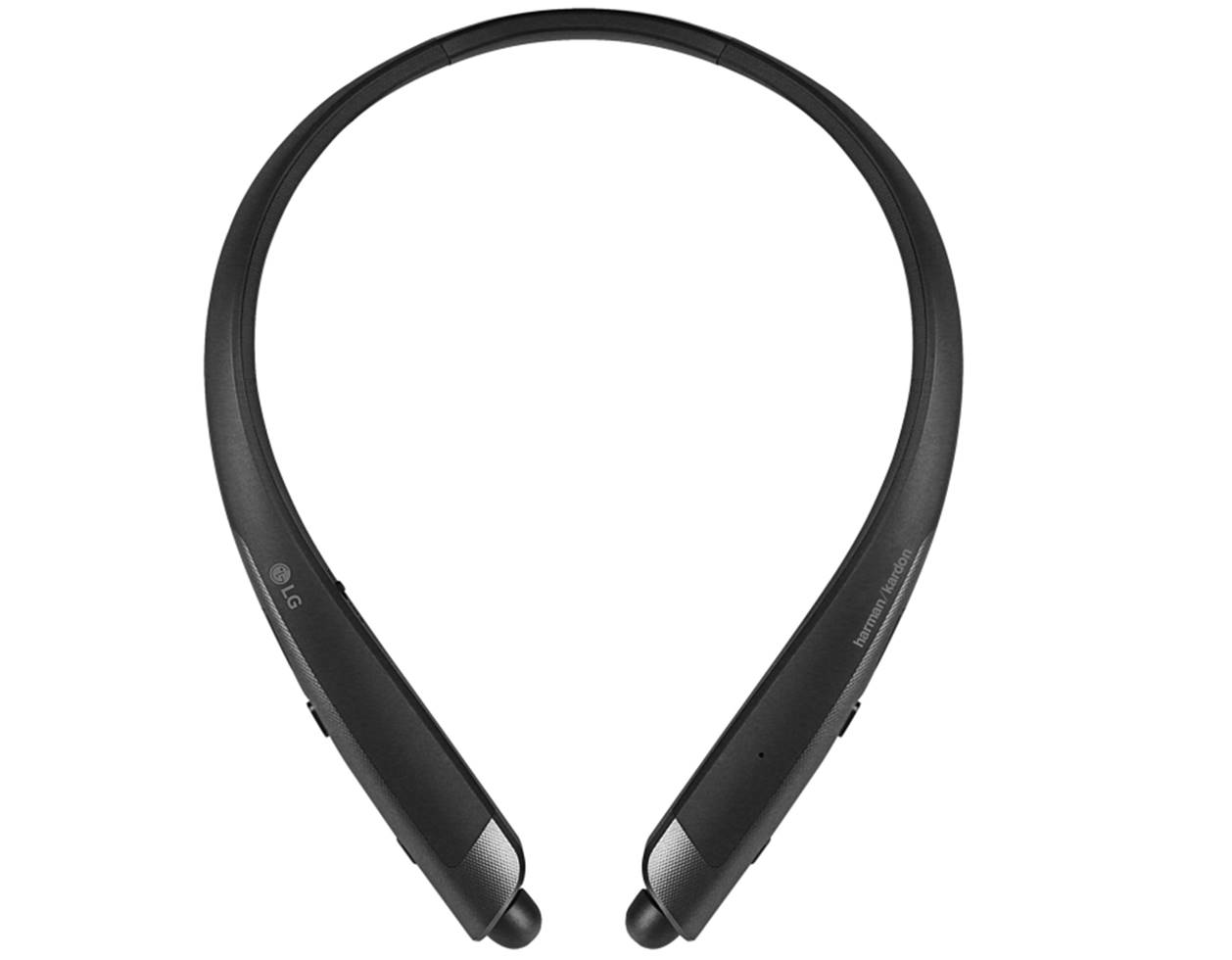Understanding the Charging Time
The charging time of a headset is the duration it takes for the device to attain full battery capacity from a depleted state. Understanding the charging time is crucial for ensuring uninterrupted usage of your headset. It allows you to plan your charging routine effectively, ensuring that your device is always ready when you need it.
The charging time varies among different headset models and is influenced by several factors, including battery capacity, charging technology, and power source. Generally, the charging time for most headsets ranges from 1 to 3 hours. However, advanced models equipped with fast-charging technology can significantly reduce this duration, offering a full charge in as little as 30 minutes.
It's important to note that the charging time specified by manufacturers is based on ideal conditions, such as using the original charging cable and adapter. Deviations from these conditions, such as using third-party chargers or connecting to a low-power USB port, can affect the actual charging time.
Understanding the charging time empowers users to make informed decisions regarding their device's usage and maintenance. By being aware of the typical charging duration, you can plan ahead and avoid situations where your headset runs out of battery at crucial moments. Additionally, understanding the factors that influence charging time enables you to optimize the charging process for efficiency and longevity of the battery.
By comprehending the charging time of your headset, you can integrate charging into your daily routine, ensuring that your device is always ready for use. Whether it's a quick top-up before heading out or a full charge overnight, understanding the charging time allows you to tailor your charging habits to suit your lifestyle and usage patterns.
Factors Affecting Charging Time
Several key factors influence the charging time of a headset, determining how long it takes to replenish the battery from a depleted state. Understanding these factors is essential for effectively managing the charging process and optimizing the performance of your device.
Battery Capacity
The battery capacity of a headset plays a significant role in determining the charging time. Headsets with larger battery capacities naturally require more time to charge fully compared to those with smaller capacities. This is due to the increased amount of energy that needs to be replenished. As a result, devices with larger batteries may have a longer charging time, while those with smaller batteries can reach full charge more quickly.
Charging Technology
The charging technology employed in a headset also impacts the charging time. Advanced charging technologies, such as fast charging and quick charge, can significantly reduce the time required to replenish the battery. These technologies deliver higher power levels to the device, allowing for faster charging without compromising the battery's longevity. Headsets equipped with fast-charging capabilities can attain a substantial charge in a matter of minutes, providing added convenience for users.
Power Source
The power source used for charging the headset can affect the charging time. Using a high-power USB port or a wall adapter with sufficient output can expedite the charging process, enabling the device to draw the required power more efficiently. Conversely, connecting the headset to a low-power USB port or using an incompatible charger may prolong the charging time, as the device receives a lower power input.
Environmental Factors
Environmental conditions can also impact the charging time of a headset. Factors such as temperature and humidity can influence the efficiency of the charging process. Extreme temperatures, both hot and cold, can affect the performance of the battery and the charging circuitry, potentially extending the charging duration. It is advisable to charge the headset within the recommended temperature range to optimize the charging time and ensure the longevity of the battery.
Usage During Charging
The usage of the headset during the charging process can affect the overall charging time. Actively using the headset, especially for tasks that demand significant power, while it is being charged can slow down the charging rate. This is because the device simultaneously consumes and replenishes power, leading to a longer charging duration. To minimize the impact on charging time, it is advisable to refrain from using the headset extensively while it is being charged.
Understanding these factors provides valuable insights into the dynamics of charging a headset. By considering these influences, users can make informed decisions to optimize the charging process and ensure that their device is always ready for use.
Tips for Efficient Charging
Efficient charging is essential for maintaining the longevity and performance of your headset's battery. By implementing the following tips, you can optimize the charging process and ensure that your device is always ready for use.
-
Use the Original Charging Accessories: Utilizing the original charging cable and adapter provided by the manufacturer ensures compatibility and optimal charging performance. Third-party accessories may not deliver the required power output or may not be fully compatible with the device, potentially leading to prolonged charging times or inefficient power delivery.
-
Avoid Overcharging: Overcharging the headset, where the device remains connected to the power source after reaching full charge, can negatively impact the battery's health. It is advisable to disconnect the device once it reaches full charge to prevent unnecessary stress on the battery and mitigate the risk of overcharging-related issues.
-
Maintain Moderate Temperature: Charging the headset within the recommended temperature range promotes efficient charging and safeguards the battery's longevity. Extreme temperatures, whether excessively hot or cold, can impede the charging process and may have adverse effects on the battery's performance. It is important to charge the device in a moderate temperature environment to optimize the charging duration.
-
Enable Airplane Mode: Activating airplane mode on the headset while charging can minimize power consumption, allowing the device to focus on the charging process. By disabling unnecessary wireless connections and background activities, the device can allocate more power to the charging circuitry, potentially reducing the overall charging time.
-
Regular Maintenance: Periodically cleaning the charging port and connectors helps maintain optimal electrical contact, ensuring efficient power transfer during the charging process. Dust, debris, or corrosion in the charging port can hinder the charging efficiency, leading to prolonged charging times and potential connectivity issues.
-
Utilize Fast Charging Technology: If your headset supports fast charging technology, utilizing compatible fast chargers can significantly reduce the charging time. Fast chargers deliver higher power levels to the device, enabling rapid replenishment of the battery. However, it is important to use genuine fast chargers recommended by the manufacturer to ensure compatibility and safety.
By incorporating these tips into your charging routine, you can enhance the efficiency of the charging process and prolong the overall lifespan of your headset's battery. Implementing these practices not only optimizes the charging time but also contributes to the long-term performance and reliability of your device.
Common Charging Time for Different Headset Models
The charging time for various headset models can vary significantly based on several factors, including battery capacity, charging technology, and manufacturer specifications. Understanding the typical charging duration for different headset models provides valuable insights for users, allowing them to plan their charging routine effectively and manage their device's usage with greater convenience.
Standard Headset Models
For standard headset models with moderate battery capacities, the common charging time typically ranges from 1.5 to 2.5 hours. These models often utilize conventional charging technology, which delivers a steady power output to replenish the battery. While the charging time may vary slightly among different brands and models, users can generally expect a full charge within this timeframe for standard headsets.
Advanced Headset Models
Advanced headset models equipped with fast-charging technology offer notably reduced charging times compared to standard models. With fast-charging capabilities, these models can attain a substantial charge in as little as 30 to 45 minutes. This significant reduction in charging duration is attributed to the higher power output delivered by fast chargers, enabling rapid replenishment of the battery without compromising its longevity.
True Wireless Earbuds
True wireless earbuds, known for their compact size and portability, often feature smaller battery capacities compared to traditional headsets. As a result, the common charging time for true wireless earbuds typically ranges from 1 to 1.5 hours. Despite their smaller batteries, advancements in charging technology have enabled efficient power delivery to these devices, ensuring a relatively quick charging process.
Over-Ear and Noise-Canceling Headsets
Over-ear and noise-canceling headsets, renowned for their immersive audio experiences, commonly feature larger battery capacities to support extended usage. Consequently, the charging time for these models typically falls within the range of 2 to 3 hours. The larger batteries necessitate a longer duration for full replenishment, ensuring that users can enjoy prolonged usage without frequent recharging.
Gaming Headsets
Gaming headsets, designed to deliver high-quality audio and communication capabilities during gaming sessions, often feature varying battery capacities based on their specific functionalities. The common charging time for gaming headsets typically ranges from 2 to 3 hours, aligning with the charging durations of over-ear and noise-canceling models. This duration enables gamers to recharge their headsets efficiently between gaming sessions.
By understanding the common charging time for different headset models, users can effectively plan their charging routines, ensuring that their devices are consistently ready for use. Additionally, this knowledge empowers users to make informed decisions when selecting a headset based on their specific usage patterns and lifestyle requirements.







